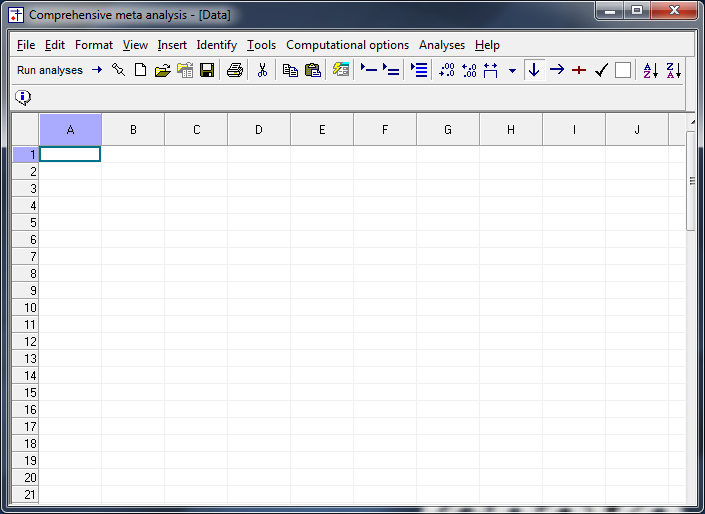
Some authors have studied the effect of anesthetic eye drops on the CCT and have found significant changes after anesthesia while other authors found no significant differences between the pre- and postanesthetic CCT values. Furthermore, noncontact optical methods, like noncontact scanning-slit corneal topography, make it possible to measure CCT before and after the instillation of anesthetic eye drops, the difference between the pre- and postanesthetic CCT values being a consequence of the anesthetic eye drops used.

Ĭonventional ultrasound pachymetry has been considered the gold standard technique for CCT measurement over the last decades but it requires the instillation of anesthetic eye drops. In fact, it has been stated that CCT measurement should be the first step in diagnosing IOP pathologies. In addition, CCT monitoring for each patient is necessary in up-to-date glaucoma management as there is a statistically significant association between CCT and intraocular pressure (IOP). Accurate assessment of CCT is important in many clinical situations, such as the diagnosis of corneal ectasia conditions and corneal physiology, contact lens research, and monitoring progression of various corneal pathologies, and as an aid in preoperative evaluation for patients undergoing corneal surgery. IntroductionĬentral corneal thickness (CCT) assessment is very important in clinical practice as it is a sensitive indicator of corneal health and physiological performance. In sum, there are no significant changes in the CCT after anesthesia, but there are three different CCT response patterns 5 minutes after anesthesia. However, we found three CCT response patterns 5 minutes after anesthesia: Pattern 1, subjects with no significant changes in their CCT values (, 46.7%) Pattern 2, subjects with significant CCT increases (, 36.7%) and Pattern 3, subjects with significant CCT decreases (, 16.7%). In addition, a systematic review and meta-analysis were carried out in order to answer the following PICO (patient, intervention, comparison, and outcome) question: What effect do anesthetic eye drops have on CCT values? We found no significant changes in the mean CCT values during the hour’s observation (ANOVA, ), and the meta-analysis revealed no statistically significant changes in the CCT after anesthesia ( -Value = 1.111 value = 1.000 = 0.000 Tau2 = 0.000 Stderr = 0.020). CCT was measured in 60 eyes of 60 healthy subjects before and during the hour after oxybuprocaine 0.4% eye drops were instilled. Journal of Statistical Software, 36(3).We aimed to test if there are different patterns in the central corneal thickness (CCT) response after instilling oxybuprocaine anesthetic eye drops and also to determine whether there is a significant change in the CCT. Conducting Meta-Analyses in R with the metafor Package. I used this platform to learn the basics of R before using Metafor. If you are new to R, I suggest taking the Introduction to R course on DataCamp (affiliate link). If so – have a look at JASP or Jamovi below.

However, since the package requires the use of the R environment, it may be difficult for those who have never used R before to become accustomed to the package so quickly.

Their website contains some very useful analysis and plot examples with the corresponding code. Metafor is one of the many R packages available to conduct meta-analyses and contains the most comprehensive analysis tools. Example forest plot created using Metafor in R.


 0 kommentar(er)
0 kommentar(er)
